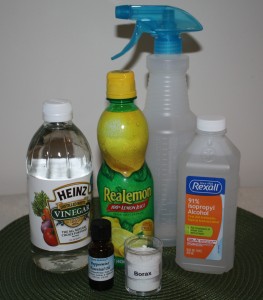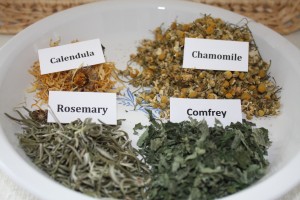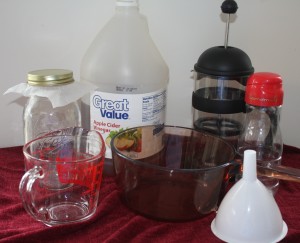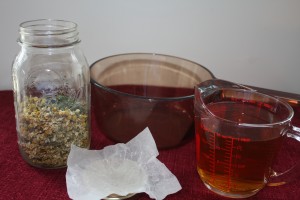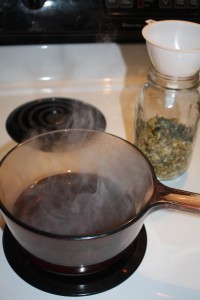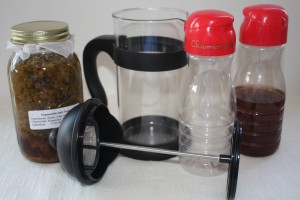Homemade window cleaner is great for the environment, inexpensive and easy to make with just a few ingredients. Use this homemade window cleaner for outside or inside, mirrors and car windows.
Ingredients for homemade window cleaner:
- 2 c. warm water
- 1 c white vinegar
- 1/2 c rubbing alcohol
- 2 Tbsp. lemon juice
- 10 drops peppermint essential oil
- 1 tsp. borax
- plastic spray bottle
- funnel
Measure out one cup of warm water and dissolve the borax. Stir to dissolve, once the borax has dissolve pour through the funnel into the spray bottle. Add the other cup of water, white vinegar, rubbing alcohol, lemon juice and peppermint essential oil. Shake to mix thoroughly.
Now find a dirty mirror and clean with cotton diapers, or paper towels and polish with black and white newsprint if desired.
The cleaner will last some time, but the essential oil will lose it properties unless stored in a dark spray bottle or store in a dark place. Light is hard on essential oils. If using plastic spray bottle, try and find one that is thick and dark in color for best results. The essential oils can react negatively with thin plastics. If available, store the cleaner in a glass spray bottle, remember the old glass spray cleaners.
Breakdown of ingredients for homemade window cleaner:
Peppermint oil is known for keeping away those pesky critters. Use peppermint oil especially if planning on washing outside windows. Inside homemade window cleaners, try other essential oils if desired. Peppermint oil is great to help keep away mice.
Citrus juice has degreasing properties and it smells nice especially if you find the vinegar to strong. Lemon essential oil may be used, but more essential oils can react with plastic. Lemon juice has natural antibacterial properties and a natural bleaching agent as it deodorizes.
Vinegar is great for cleaning and is biodegradable. Vinegar is safe for stainless steel, relatively non-toxic, stable, and safe for handling. Vinegar is also a grease cutter and will help to get rid of mold.
Alcohol cleans as it sanitizes, also good for cutting the grime and mold found around the outside edge of windows.
Borax is known to aid cleaning agents and help cut grease and grime.
The spray bottle shown in the picture is thin, but it is spring cleaning time and I have several windows. Any leftover homemade window cleaner will be stored in a glass bottle.
Happy Cleaning as you save money!

